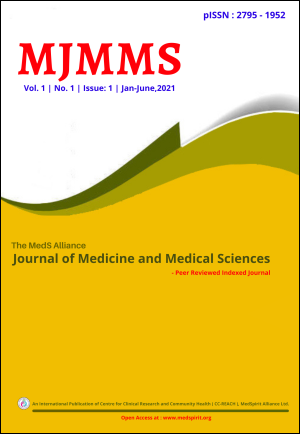Aesthetic Pleasure: The Arts of Healing
DOI:
https://doi.org/10.3126/mjmms.v1i1.42960Keywords:
Art, appreciation, aesthetic pleasure, healingAbstract
INTRODUCTION: Arts are creative things that provide aesthetic pleasure to the readers, viewers and audience. The joy can be experienced by listening to music, reading novels, watching drama and film, viewing paintings, sculptures and architecture. Such experiences add colors to life, transforms us from inside ourselves and then we derive pleasure from within, being independent of the external world. The involvement of an individual in the creation and appreciation of arts, heals their wounds from inside. The objective of this research paper was to trace the healing properties of arts.
MATERIALS AND METHODS: This study used qualitative method for exploration of the research area. Artworks were primary sources whereas books and articles on arts and aesthetics were the secondary sources.
RESULTS: Arts enhance the quality of life. Moreover, they have the capacity of healing mental and emotional wounds. When individuals have frustration, dilemma and confusion, they resort to music, fictions and films. Arts have rescued many from anxiety and depression. Practicing and appreciating arts like music, drama, dance, painting, sculpture or poetry provides rhythmic flow of imagination and allows one to forget the painful moments of life. These creative aspects of arts have healing properties.
CONCLUSIONS: The creation and appreciation of art is one of the easiest, safest and most accessible means of healing ourselves from pain and suffering in the world. There is a need of application of art in healing patients.
Downloads
Downloads
Published
How to Cite
Issue
Section
License
Copyright (c) 2021 Yam Prasad Sharma

This work is licensed under a Creative Commons Attribution-NonCommercial 4.0 International License.




